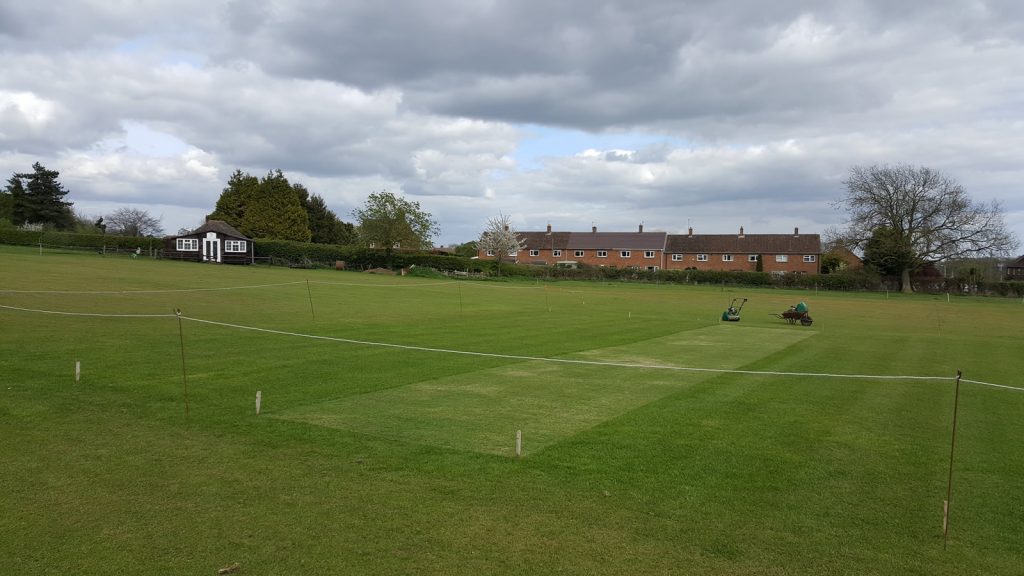Is it possible to breathe life into an old, uncared for cricket wicket?
Every cricketer is aware, the standard of the wicket could have a serious influence on just how the cricket ball behaves. Wickets that happen to be bumpy or pitted could cause the ball to bounce erratically, pitches which are really hard can make the ball bounce higher and really fast, while cricket wickets which are blanketed in grass will probably reduce the amount that a spin bowler is capable of turning the ball.
In order to standardise the playing surface and give a wicket which you can use in most circumstances, a great number of leisure centres, educational institutions and cricket clubs use synthetic pitches. Though synthetic pitches are definitely more robust than organic cricket wickets, they also need regular routine maintenance to ensure that they’re in pristine condition. The good news is, even aged, uncared for pitches may be brought back to life with a little bit of TLC and also appropriate treatment method.
Synthetic Wickets
Artificial pitches can be installed on either a dynamic (stone) or non-dynamic (macadam or concrete) base. The top of the cricket wicket is produced from high-quality short pile carpet which is either wood edged and nailed or nailed directly into the aggregate. Shock pads are also fitted underneath the surface of the wicket to ensure the cricket ball bounces perfectly and also that the synthetic surface responds exactly the same way to the cricket ball each time, regardless of the elements.
Should you be looking for extra information with reference to how to repair a cricket wicket this specific website www.artificialgrassmaintenance.co.uk/cricket-pitch-wicket-maintenance-installation offers a whole lot more well written articles on the subject of synthetic cricket pitch installation.
Maintaining A Synthetic Wicket
Like all synthetic surfaces, synthetic cricket pitches should be carefully maintained if they’re to provide the most effective playing wicket all through the year. It is recommended that anyone using an synthetic cricket pitch should really implement an annual deep clean program, level the batting zone often and use at least one chemical treatment solution twice yearly.
Despite regular repairs and maintenance, cricket pitches can easily degrade over time, shock pads can harden and areas may become uneven. If you see that the bounce of the ball has started to become uneven or that the surface is looking tired and worn, it may be the perfect time to give your synthetic wicket a facelift.

